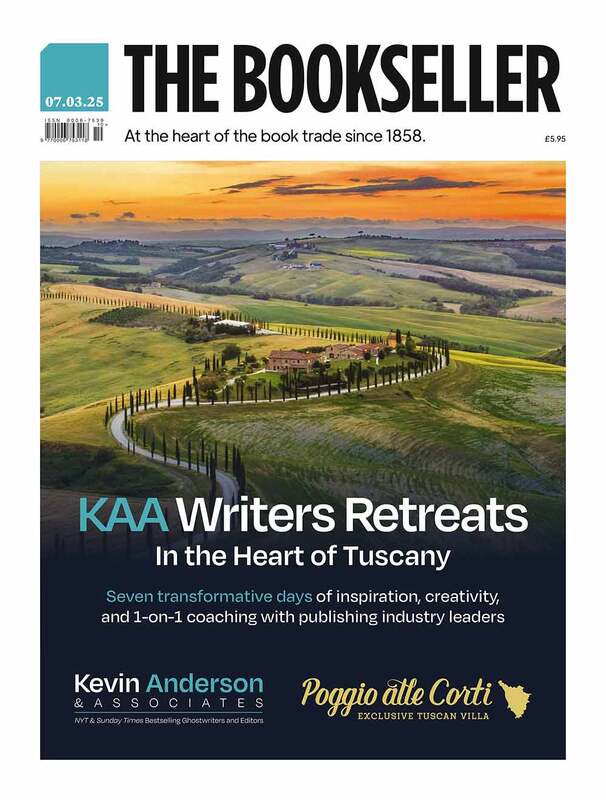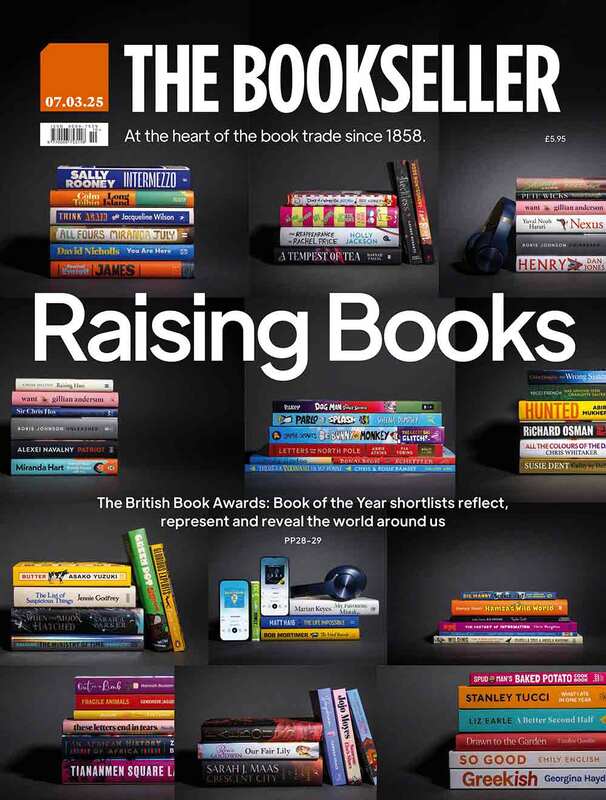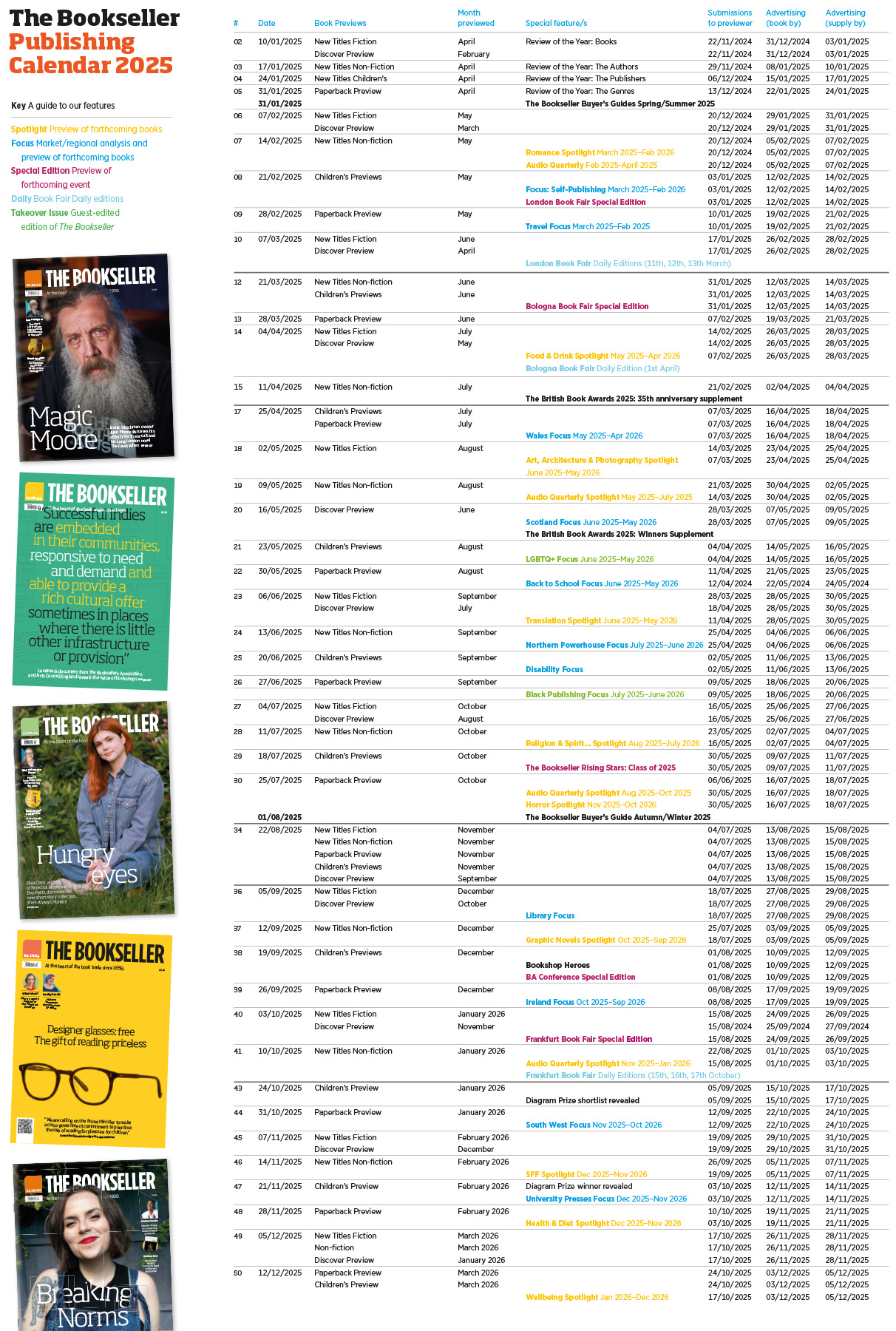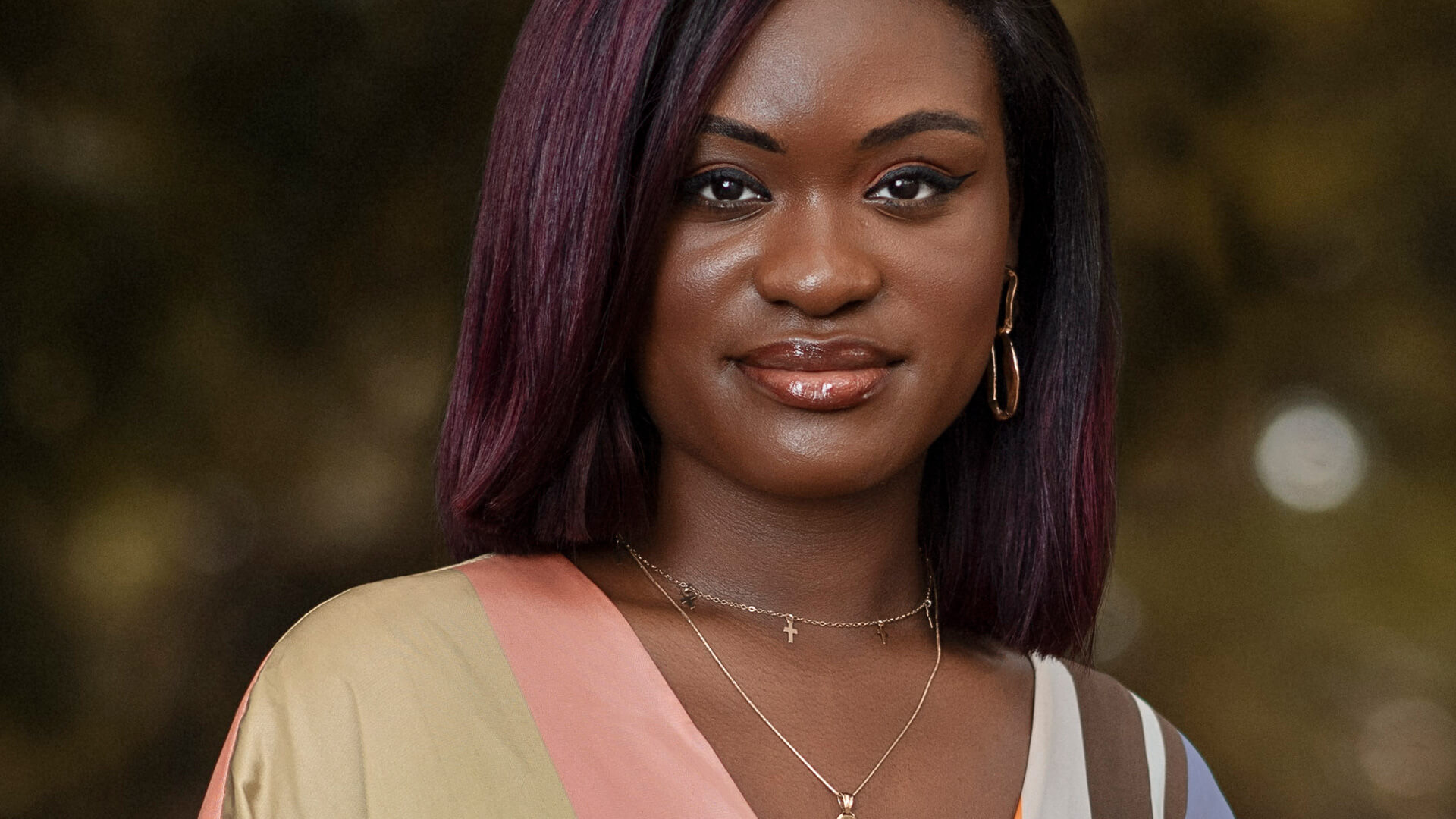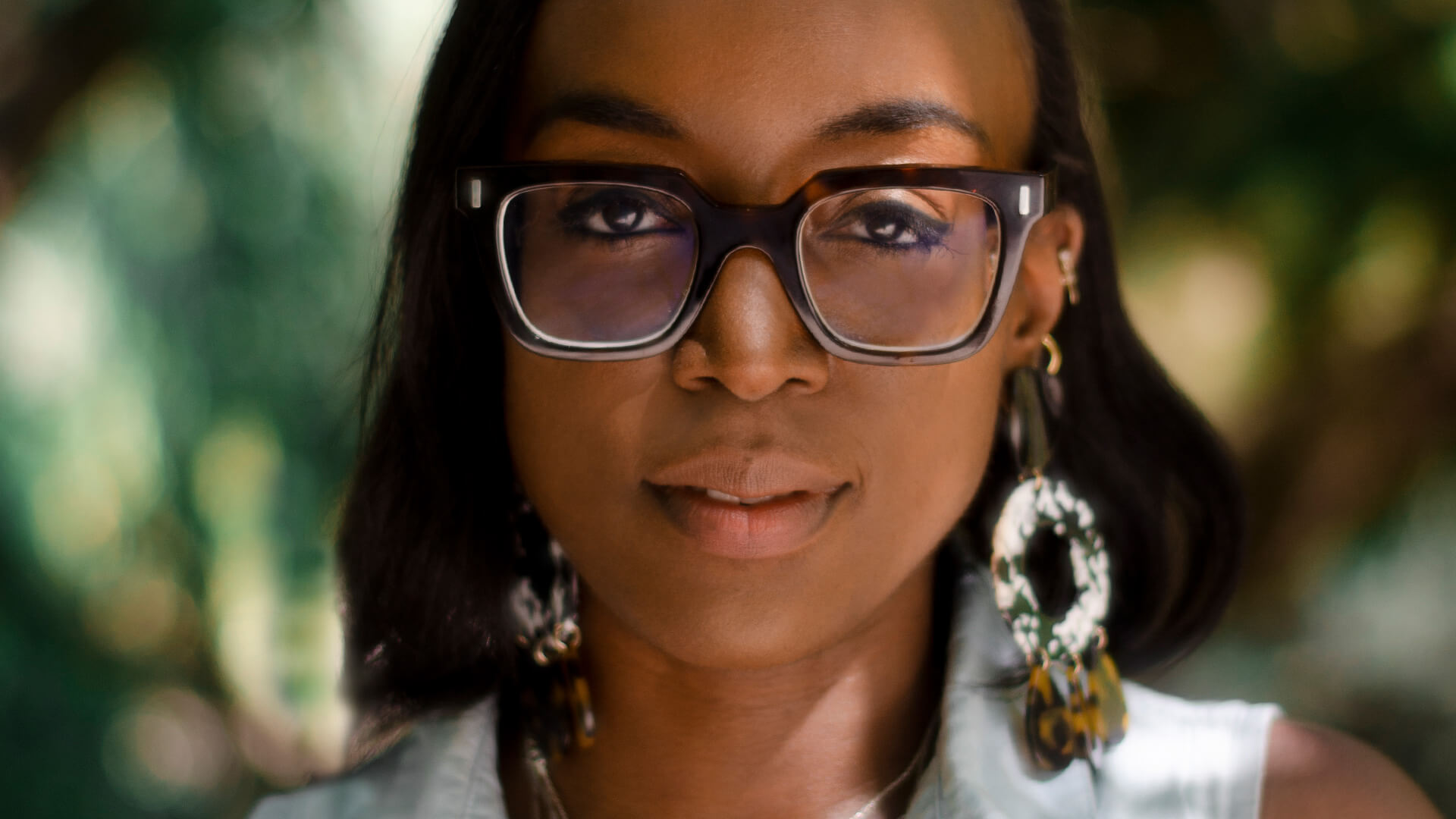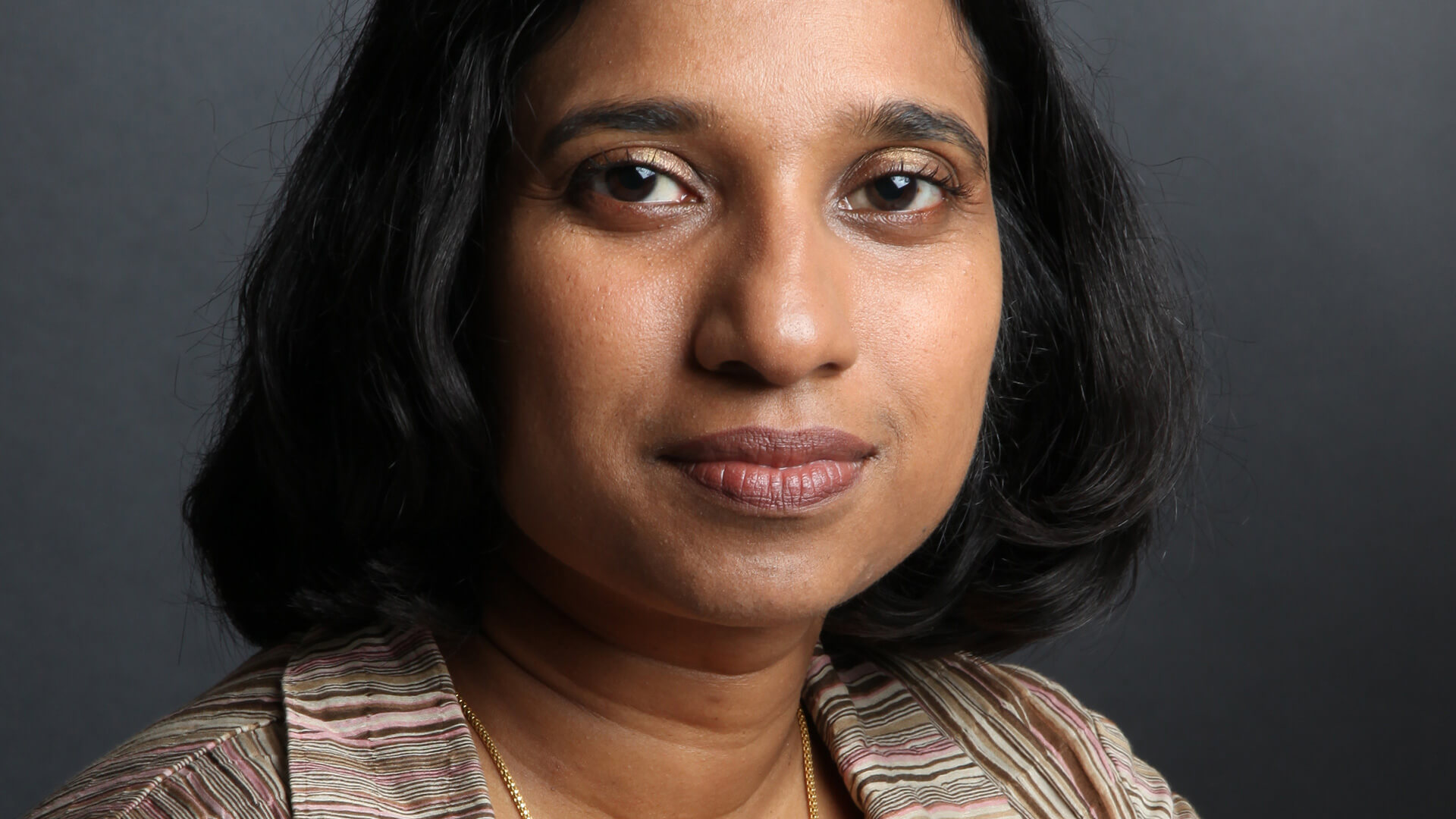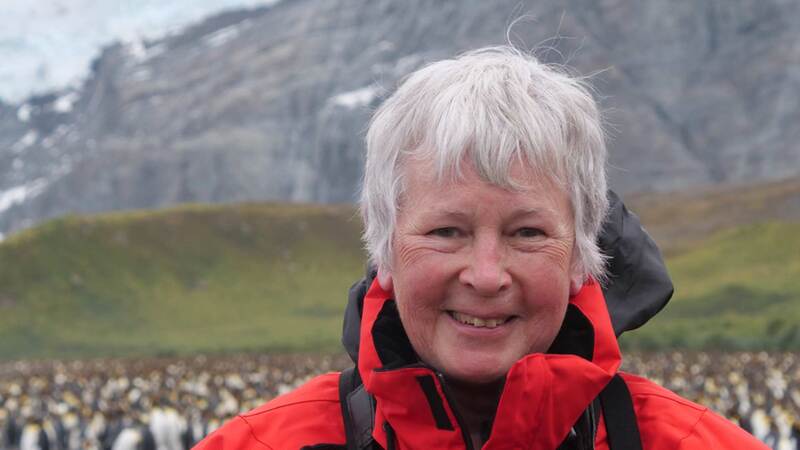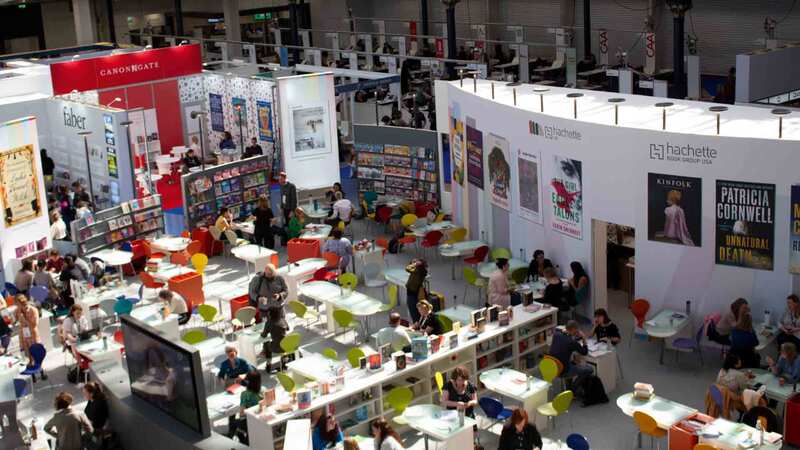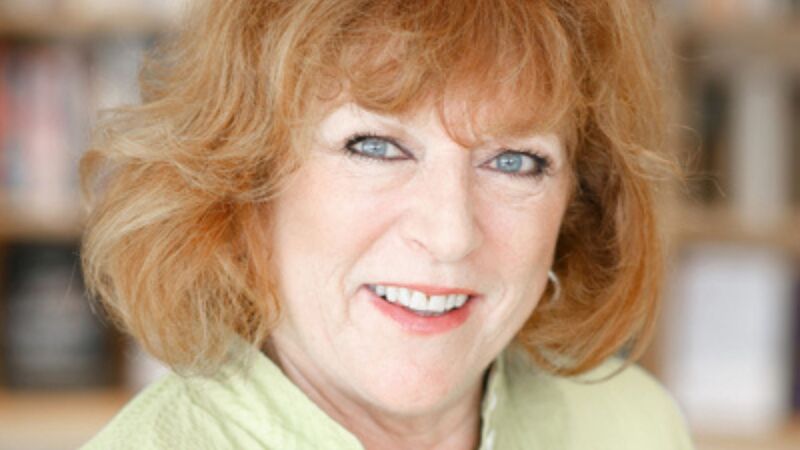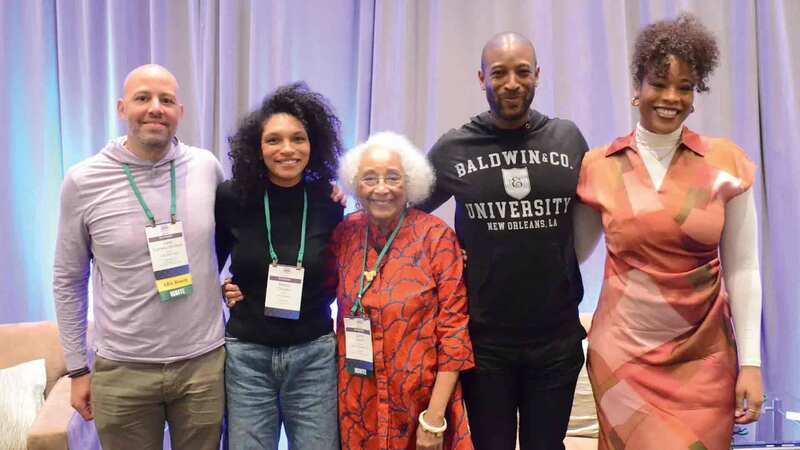You are viewing your 1 free article this month. Login to read more articles.
Love without limits: editors and authors on the barriers to a diverse romance sector
Figures from across the trade speak about the romance sector from a representation point of view, and while women lead the sector, authors and readers of colour say more can be done.
A quick quiz: close your eyes and envisage what “typical” romance writers look like. Many might come up with an answer similar to Francesca Capaldi’s: “white English women”. And Capaldi happens to be a white romance author herself. Her In the Valleys series is published by Hera Books and she has felt, at times, that the sector can be challenging for authors outside that narrow demographic. The requirements can be even more narrow, she says: “An agent and a publisher wanted me to rewrite my Welsh novels and set them in Cornwall.”
As with the entire industry, the romance sector is increasingly trying to represent people from marginalised groups, and authors and publishing insiders broadly agree that while the landscape is much better than in previous years, more still needs to be done. Author Bolu Babalola says: “These [underrepresented] authors have always existed, but I think now we are realising the importance of hearing those voices. If you think about how whiteness has been the default for so long—essentially forever, in terms of the media—it means that the work we are doing now is a drop in the ocean.”
Writer Sharon Adetoro says of late she has noticed an “uptick in underrepresented authors being published, especially Black authors”, though she points out that is a direct reaction to the industry being “called out for racism during and post the Black Lives Matter protests of 2020”.
She adds: “What is yet to be seen is if this influx of newly published Black authors remains, and whether they are able to establish careers, as the initial response to the ‘call out’ in the industry slows. So unless there is a shift within the trade itself, bias will still exist and these doors will begin to close again, and we will revert to a vast majority of white authors and others being ‘allowed’ a career in the traditional publishing industry.”
Sareeta Domingo, a romance author who joined Trapeze as editorial director last month, adds that publishers must show true commitment to combat accusations of insincerity: “I think it’s difficult for companies not to seem like they are paying lip service to the idea of inclusivity. Realistically, I think you do have to start somewhere. It’s about being conscious of the various ways that the companies may have been lacking in the past, being honest about that and seeing it through. If they feel like people are accusing them of tokenism or jumping on the bandwagon, they have to have the courage of their convictions and truly be committed to that cause.”
Of course, diversity and representation is a sprawling, complex issue. And in some measures, romance is industry-leading. On gender, romance can be seen as something of a corrective to other overly male genres: of the 250 top-selling Romance & Sagas titles in 2021, only one—Anton De Beke’s We’ll Meet Again (Zaffre)—was written by a man. And, arguably, no genre has been more representative of working-class lives than the saga category. There have been a number of measures put in place to support emerging writers. For example, since 2018 the Romantic Novelists’ Association has funded a number of bursaries aimed at supporting a more diverse range of romantic fiction writing.
Rom-com author Rhoda Baxter—who also writes multicultural commercial women’s fiction under her real name, Jeevani Charika—says we must ensure people are not defined by their background. “For representation to be truly diverse, we have to get to a place where representation is casual,” she says, “so the protagonists are in a romance while incidentally being from a minority background.”
Baxter stresses that diversity should not be a passing trend: “All kinds of people read romance and write romance, but to find more stories that are not like those found in the mainstream, you need to look to independent publishing. There seems to be a will to change it, and there have been a few more Black authors published in the wake of Black Lives Matter. But it is possible that the momentum will wear off and big publishing will go back to what it is comfortable with.”
One of the keys going forward is marketing to all audiences, says Abiola Bello, author and co-founder of indie Hashtag Press and its diverse imprint Hashtag BLAK. A long-time romance reader, she felt the genre “was very much [previously] aimed at white, middle-aged women; I would read the books, but that was really the main audience. If you are an 18-year-old, unless you have a very vivid imagination, you can’t really relate to the woes of a 30-year-old white woman who is living in London and having a crisis with her boyfriend. That wasn’t written with me in mind. To reach those audiences is to write books for these audiences—it is really that simple.”
It is important for all romance readers to see themselves represented in the genre, but would white readers want to read books with protagonists who do not look like them? Domingo thinks so: “I definitely think white women, who may well be the predominant readership for romantic fiction currently, would absolutely embrace diverse romantic stories. The potential audience is huge, we need a greater confidence in pursuing those audiences.”
Faber is making a somewhat rare foray into the romance sector and is to release Akwaeke Emezi’s You Made a Fool of Death with Your Beauty in June. Faber associate publisher Louisa Joyner says: “When I started in publishing, I was a bit shocked to realise that not all authors were in fact deceased, like [those] I studied at university. If I can relate to somebody who died 150 years ago and lived in a completely different economic and social world, I think it’s probably going to be alright with an amazing, romantic, glamorous romance [by an author from a different background]. I’m a natural optimist, and I know from past publishing experience that when something is really great, it’s amazing how dynamic and quickly things connect and catch light.”
Baxter says her books are enjoyed by white readers and readers of colour: “From the feedback, readers who regularly read romance get the same enjoyment from my books featuring brown protagonists as they do from books featuring white protagonists, and readers who are brown (as my heroines often are) love that they finally get to see someone like them in a story.”
There is nothing wrong with talking about how I write about Black women and women of colour, but that shouldn’t be the only thing that you’re talking about
Some say that when books by authors from underrepresented backgrounds are marketed, publishers often focus on the writer’s identity. Adetoro says: “I still see a trend by publishers to market books by underrepresented writers when it correlates to a particular point in the year—Black authors during Black History Month, LGBTQIA+ during Pride month, disabled authors in disability awareness month. Even if an author is white, if they are perceived to be outside the bounds of cis, able-bodied and middle-class, they have a tendency to become pigeonholed.”
Bringing attention to an author’s background is not necessarily a bad thing, but it must be done respectfully, says Babalola. “There is nothing wrong with talking about how I write about Black women and women of colour, but that shouldn’t be the only thing that you’re talking about,” she says. “The problem is when people use and talk about race without talking about what we’re doing with our identities, because then it becomes tokenistic and shallow—and it’s actually quite insulting to writers of colour.”
Romance is inherently hopeful, defined by its happy endings, so it is no surprise that industry experts are optimistic for the future of the genre. Domingo says: “There are layers of assumptions that we need to go through for there to be a greater number of diverse romance authors and diverse romantic stories. But I’m hopeful that those can be broken through.”

